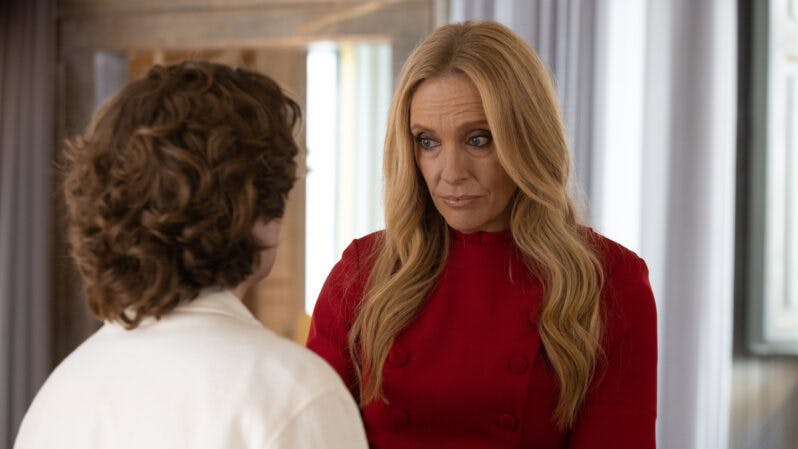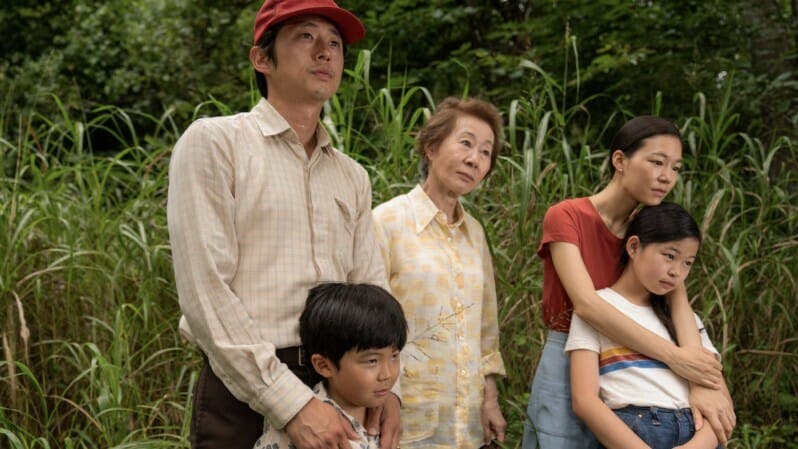
By Gen Terblanche7 May 2024
The secrets of Oppenheimer’s hidden town
Imagine moving to a small town that sprung up overnight in the desert, where everything is hush-hush. Starting in 1943, the top-secret Manhattan Project built three cities from scratch in the United States: Los Alamos in New Mexico, Oak Ridge in Tennessee, and Hanford and Richland in Washington State. Populations in these towns boomed from around 300 people to 125 000 people in just two years.
What exactly they were doing there stayed secret – even to most of the people living and working behind the fence – until 6 August 1945, When the United States dropped the world’s first atomic bomb on Hiroshima, Japan. Suddenly the little town that locals had joked was a centre for making submarine windscreen wipers, was on the map, officially.
While Chris Nolan’s Oscar-winning film Oppenheimer dives into the urgency and project head Dr Robert Oppenheimer’s (Cillian Murphy) personal struggles behind the Manhattan Project, it’s the questions about everyone else’s day-to-day life in these secret towns that might tickle your imagination. So what was it like living in Los Alamos, under tighter lockdown than Willy Winka’s chocolate factory?
Stream Oppenheimer now.
People lost their homes and land

The three primary locations chosen for the Manhattan Project were sparsely populated, but not unpopulated. Residents had no choice when the government claimed their land for a “demolition range”. 300 Residents in Richland alone were evicted, along with a small farming community in Hanford, who were given just three days, in some instances, to pack up their lives and leave. In Hanford, the US government paid landowners just 25 cents per acre, with no negotiation and regardless of the value of properties and facilities on the land. And Native Americans like the Wanapum and Nez Perce tribe in the White Bluff area around Hanford were told to clear out of their hunting and fishing grounds.
The company town

Before building their new towns, the Army Corps of Engineers razed everything in the area, from schools and houses to farms and orchards. Security fences went up, and engineers, architects and labourers got to work constructing rows of prefabricated housing for the scientists, workers, soldiers and their families. In an era of segregation, they built separate housing areas for Black, White and Latino families.
Ironically, considering the anti-communist FBI witch hunt that would later plague project head Robert Oppenheimer, life at Los Alamos closely aligned to communist principles. The government owned all property within Los Alamos, assigning buildings according to what each family needed to accommodate its size, and collecting only nominal rates. Within the town, everything that people needed was free, from transport, to lightbulbs. Most families arrived with nothing, and were assigned army furniture, including military-issue beds. So all houses were built the same and looked much the same inside. And medical treatment at the local hospital was practically free.
Security
While military personnel called Los Alamos by its code name “Site Y”, townsfolk in nearby Santa Fe nicknamed it The Hill. Getting up there was like navigating a labyrinth.

- Once someone was recruited to work at Los Alamos, they couldn’t even tell their closest family where they would be going. Some scientists’ wives got clues to their destination by checking which guidebooks had been taken out of university libraries by people who’d recently disappeared to work on “the war effort”.
- Every employee assigned to work at Los Alamos set off on their journey with just one map point: the US Army Corps of Engineers office at 109 East Palace Avenue in Santa Fe.
- From there one woman, Dorothy McKibbin, would give new arrivals all the necessary documentation to get through security checkpoints. You also had to be photographed and fingerprinted and sign the Espionage Act before entering the town.
- The word physicist was taboo, so many scientists claimed to be engineers instead. Top-level scientists travelled under false names. Robert Oppenheimer, who was assigned a bodyguard, travelled under the name James Oberhelm.
- Once in Los Alamos, your letters would be under stricter censorship than a prison inmate’s. You could not mention the names of any scientists on the project, or even hint at how many people lived at Los Alamos.
- None of the homes had telephones. If you wanted to make a phone call, you made it under supervision at one of only a handful of communication stations in the town.
- Your official address would be Box 1663, Santa Fe, New Mexico. And nothing more. It was even given as the location of birth on children’s birth certificates.
- All mail for Los Alamos arrived at a single post office box in Santa Fe. An armed guard would take one of the women working in the Los Alamos library to collect it twice a day. The mailbag would be locked on her arm, and only the head librarian had the key to unlock it.
- Within Los Alamos there was another fenced area protecting the labs or technical area. Scientists worked there day and night. Entrance to every area of the labs was strictly controlled with colour-coded security badges
- Residents could leave only in emergencies and had to get written permission to visit nearby towns, while the military posted men in neighbouring towns to keep watch for Los Alamos residents. Family members living outside Los Alamos were not allowed to visit.
- Any traffic accidents and deaths that happened at Los Alamos were handled internally and not reported to the outside world.
- Despite all these security measures, Los Alamos had its own amateur radio station, KRSN, which had a broadcast range that included areas beyond the town’s fence!
Daily life
Los Alamos was planned around the lab and the scientists’ projects, with daily domestic life being something of an afterthought. So it was uphill all the way for many of the scientists’ wives.
- If you needed anything like a new stove, good luck. If you’ve ever tried ordering new office equipment through official channels and gotten the wrong thing, you’ll know how that goes.
- Women who joined their husbands on location were recruited to other jobs on site, including in the top secret library, and to teaching positions at the local school.
- There was a general dining hall later on, but at the beginning, food came from army stores, including unlabelled tin cans. Fresh produce was a luxury, with many wives lamenting rotten vegetables and eggs that were on their last, suspicious gasp.
- Wives and mothers had to complain repeatedly when they couldn’t even get household basics like sewing thread in the lone general store. They were allowed one day a month to go shopping in Santa Fe, and were transported in and out of the neighbouring city on a military bus.
- There was just one barbershop until the scientists snuck a request for a barber chair in with their requisitions for more esoteric equipment, like Geiger counters
- Without much to do, and with the local hospital being freely available, so many kids were born at Los Alamos one year that General Groves (played by Matt Damon) complained to Dr Oppenheimer!
Famous neighbours
But living in one of the three towns meant you were living a physicist’s wildest dream. In Los Alamos, you could rub shoulders with Nobel Prize winners including James Chadwick, who first described the neutron, and chemist Edwin McMillan. Many other Los Alamos residents went on to win their own Nobels, including physicists Luiz Alvarez, Hans Bethe, Richard Feynman, Frederick Reines, and Emilio Segrè. You could also hang out with renowned scientists like Enrico Fermi. With such mega-stars next door, families’ social status in the community was determined by scientists’ positions on the project instead of around age, seniority, wealth, bloodlines, or other social factors. Who cares about rotten eggs and all that nuclear fallout in the dust!
Stream Oppenheimer now.
Also watch
Looking for more lives in secret towns in the middle of nowhere? Try these titles:
Don’t Worry Darling: Harry Stiles and Florence Pugh play a husband and wife in an Atomic Age secret town where all the men work on a top-secret project.
Ten Pound Poms: British immigrants to Australia wind up in a crummy little camp town in the middle of nowhere.
The Midwitch Cuckoos: An alien invasion targets a small town and takes over the locals’ minds and bodies in this series based on the 1950s horror novel.
More enthralling movies to stream

A Christopher Nolan odyssey: four of the filmmaker’s finest
From Oppenheimer to Interstellar, Inception and Dunkirk, here are four of the best films from acclaimed director Christopher Nolan, all streaming on Showmax.

5 films for a memorable Mother’s Day movie night
Looking for what to watch this Mother’s Day? Check out these movies centred around mothers, now streaming on Showmax.

Live, laugh, swoon: the best romantic comedies now on Showmax
Discover these charming and lovable romcoms now streaming on Showmax, from Definitely Maybe to Notting Hill, 50 First Dates and more.

10 Rotten Tomatoes-approved movies on Showmax: ranked
From Jaws and Kanarie, to Get Out and Minari, these are the freshest movies on Showmax according to Rotten Tomatoes.
